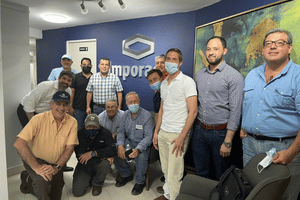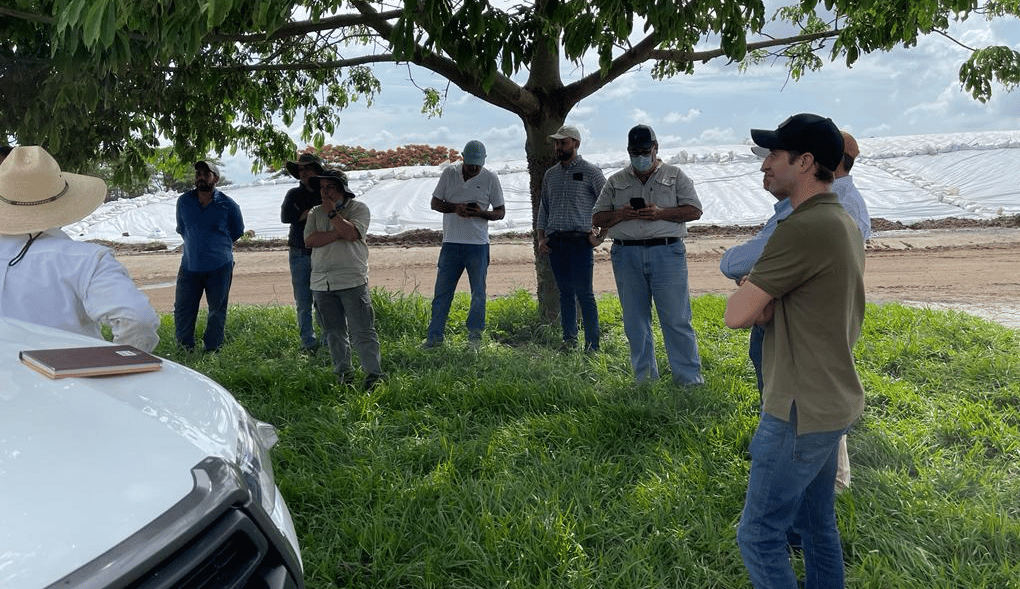Working together to highlight the benefits of using U.S. distiller’s dried grains with solubles (DDGS), the U.S. Grains Council’s (USGC’s) Mexico and Latin America offices led a team of professionals in the cattle industry to Mexico this week.
The team learned about supplementing with DDGS to improve feed costs and operation outputs. In Mexico, DDGS is a mainstream ingredient used in most cattle operations, which serves as an example for other countries to learn about the ingredient and adopt it.

The group, consisting of cattle industry representatives from across Latin America, began the mission by spending time in Veracruz, where they visited several ranches specializing in beef production.
“Mexico’s beef and dairy operations serve domestic and export markets like the United States, a market of interest for most cattle operations in Latin America. Learning from experts in Mexico should help the team members identify efficiencies that result in a competitive advantage and profitability to sell domestically or through exports, increasing the use of U.S. corn and DDGS,” said Alvaro Lopez, USGC regional marketing specialist for Latin America.
During the next leg of the tour, the group traveled to Monterrey, where they met with IMPORAGRI, a commodity trading company. The group had the opportunity to discuss how the cattle industry in Mexico sources DDGS and other essential ingredients like corn for their diets. IMPORAGRI’s unique business model is a replicable structure that could help animal protein producers in Latin America source commodities like DDGS and corn competitively.
While touring H-E-B, a supermarket, the group received a complete explanation of how the store sources its meat and milk needs, the quality controls it uses, how it presents the products to customers, and the marketing strategies applied in the store.
The group closed out its time in Mexico by visiting a feedlot and seeing firsthand how DDGS is used in the feed ration. A visit to Mexico’s largest dairy producer, a loyal DDGS user, also took place. There the team met with a nutritionist who explained why DDGS is an important ingredient for them to use in their own work.
Overall, the mission allowed customers who currently don’t use DDGS in their animals’ diets to better understand the ingredient and how it has become a must in all cattle operations in Mexico.
“The experience allowed end-users across Latin America who are growing their feedlots and exports to evaluate alternative quality ingredients like DDGS. The relationship that developed between the participants allows them to exchange experiences on how they do things in their operations and establish a network that will facilitate the flow of information for the future,” Lopez said.
About The U.S. Grains Council
The U.S. Grains Council develops export markets for U.S. barley, corn, sorghum and related products including distiller’s dried grains with solubles (DDGS) and ethanol. With full-time presence in 28 locations, the Council operates programs in more than 50 countries and the European Union. The Council believes exports are vital to global economic development and to U.S. agriculture’s profitability. Detailed information about the Council and its programs is online at www.grains.org.

